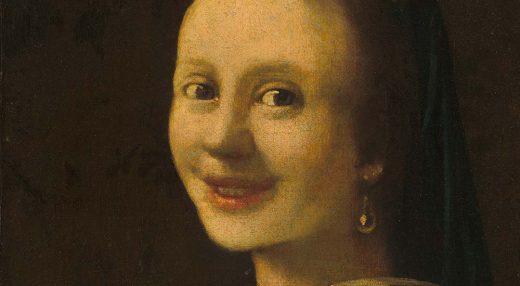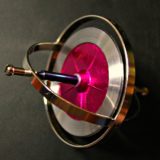Desire Paths in User Experience and Product Design
In UX design there’s this psychological concept borrowed from the real-world concept called ‘desire path’. It’s the path a group makes in a system where the intended paved pathway isn’t much desired or used. In a nutshell, it’s that informal path or a shortcut people take instead of the intended pathway.

Like this desire paths leading to actual paths in Ohio University.
Planners of public buildings usually wait before they layout pathways. They’d let people walk for a few months, wait for them to create their own paths, and then pave the actual pathway on top of it.
You might know this as ‘adapted design’!
Desire path in products
It’s a good thing to identify this pattern in your product too as it is a key organic and unconscious feedback from the users. Optimizing your product’s UX over this feedback will increase your product’s usability significantly!
Behaviour flow and session recording are two ways where you get an insight into how users use your product. Behaviour flow visualises the path taken by a user from one node of your product to the other. Session recording, on the other hand, provides you with a live recap of how the users interact with your product. A good example is a cursor heatmap of all your users.
But then again, as a designer, you don’t need to conform to this aaaaall the time. If you reaaallly want to force the users to follow your way, you can do something called ‘blocking’. It literally means, placing a block in the ‘desired path’ forcing the users to use their only option.
This post was first published on July 23, 2012.








